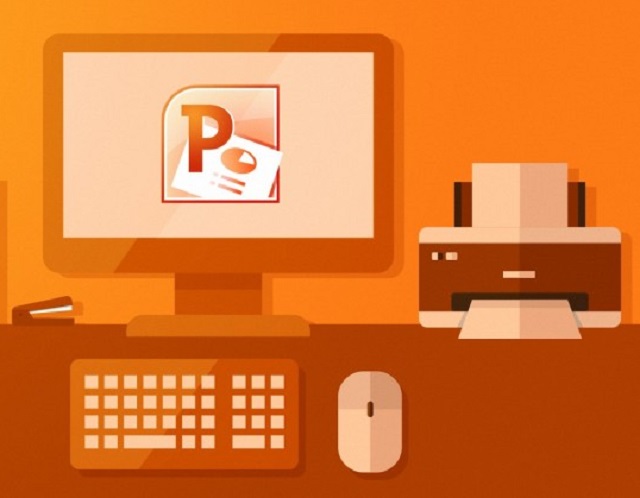
Microsoft PowerPoint is almost omnipresent, in all educational and office settings. Figures show that the presentation software is installed on more than a billion computers across the globe. There may be up to 30 million PowerPoint presentations created every day. Not to mention, the extent of product differentiation where presentations are casually referred to as PowerPoints or PPTs.
Belong to a class of people that has transferred from chalkboards to 4G technology: Ahsan Iqbal
Preferential attitudes are so synced with the software that some people cannot abandon it, even if other softwares may be more time-saving.
Ben Velzian talks about his obsession with PowerPoint. He tells that while swiping for a match on the dating app Tinder, he was asked out on a date. To inform his potential date about the meeting point, he sent them a presentation with multiple different options of what they could do.
“I didn’t give them any warning or anything which is perhaps why they didn’t take it in the way I’d expected… they didn’t say anything, just blocked me,” Velzian says.
Clearly, the software has amassed a large user base since when it first launched, but the question is why?
The software was launched by the company Forethought Inc in the 1980s. It was initially called Presenter and was purchased by Apple Macintosh in 1987. The brains behind this software, was a man called Bob Gaskins.
In an interview with BBC Gaskins said, “I knew in the early 80s that there were as many as a billion, a thousand million presentation slides being made per year just in America.”
He further said, “but they were all made by hand and almost nobody was using computers to do so.
Awareness seminar: ‘IT skills essential for a bright future’
Explaining the magnitude of the content that was being generated, he said, “It was clear to me that here was a huge application worth billions and billions of dollars a year that could be done on computers as soon as there was a revolution in the kinds of computers that we had.”
While the concept was promising, the technical shortcoming was that the software would not run on any existing personal computers. Anyone who wished to use it had to buy a new machine.
Surprisingly, people actually invested in new personal computers for in order to be able to use PowerPoint, said Wired magazine journalist and tech writer Russell Davies.
This was because PowerPoint provided a platform which, according to Davies, “made it possible for everyone in an organisation to stand up and say their piece”.
While the software provided a platform for people to organise and present their ideas, with time it also made the middle management the target of intense critique. Professor of cultural studies at the University of London, Matthew Fuller remarks that, “Perhaps their ideas could be seen for the trivia they were, to some extent.”
Adoption of e-governance inevitable
Management professor and ethnographer Sarah Kaplan, who teaches at the University of Toronto's Rotman School of Management, carried out an ethnography to assess behaviours at the workplace. In her observations, she noticed that rather than asking for new analysis or insights in meetings, people were asking for more PowerPoint slides.
“I noticed that most people were making strategy by making PowerPoint,” she says. “The slide itself becomes the end goal as opposed to the ideas or the analyses that are embedded within it,” she said.
Facebook down in several parts of the world
Perhaps the most hazardous consequences of PowerPoint were revealed after the crash of a NASA space shuttle. The primary problem that brought down the space shuttle had been included within a slide presentation given to NASA before the mission. But it was surrounded by so much other information, buried in a stack of bullet points, it was effectively hidden and therefore missed.
Switching over to the last slide, it is important to appreciate the success of this software and how it aids learning processes, conceptualisation of new ideas, sales and marketing. However, it is also important to be aware of the power of PowerPoint and to ask ourselves, are we missing the point?
This article originally appeared in BBC Capital.











1732012115-0/Untitled-design-(14)1732012115-0-270x192.webp)
1736844405-0/Express-Tribune-(2)1736844405-0-270x192.webp)










COMMENTS
Comments are moderated and generally will be posted if they are on-topic and not abusive.
For more information, please see our Comments FAQ